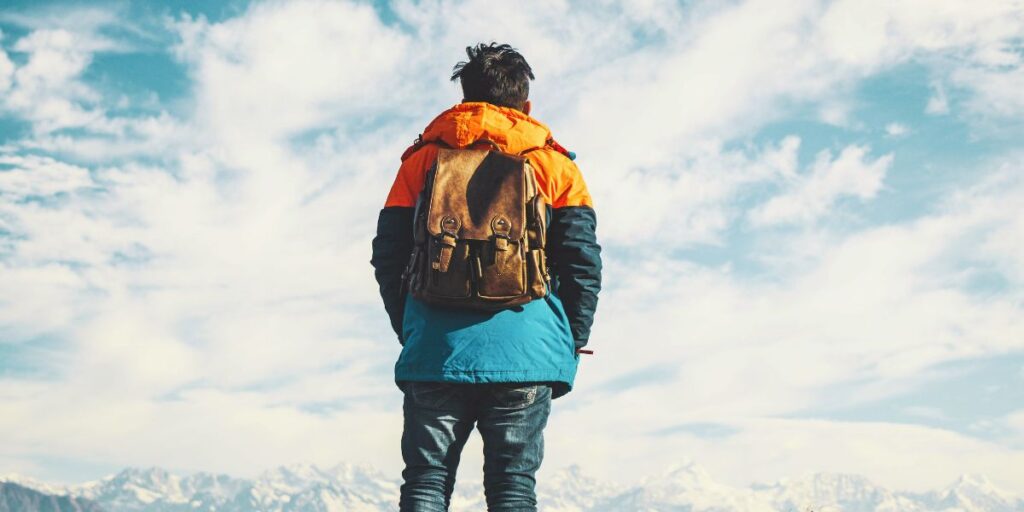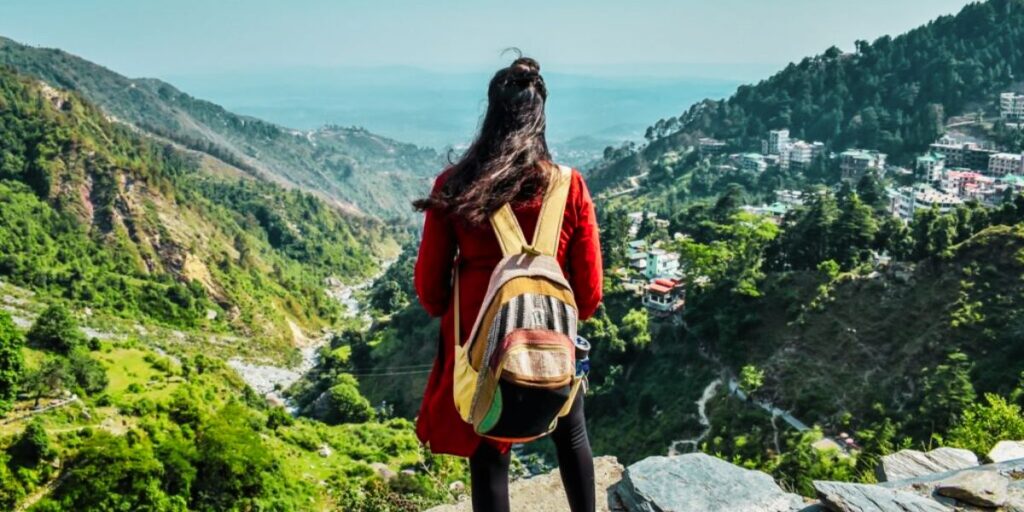Traveling solo can be one of the most liberating and empowering experiences. Whether you’re seeking adventure, self-discovery, or a break from your daily routine, a solo trip allows you to move at your own pace, make spontaneous decisions, and immerse yourself in new cultures. However, the key to a successful solo trip lies in careful planning. This blog will guide you through the steps to plan a memorable solo trip, covering everything from choosing a destination to safety tips and how to make the most of your journey.
1. Choosing the Right Destination
When planning a solo trip, selecting the right destination is crucial. You want to feel both excited and comfortable with where you’re going. Consider factors such as your budget, interests, safety, and the type of experience you seek.
- Safety: Some countries are known for being more welcoming and safer for solo travelers. For instance, Japan, Iceland, and New Zealand are often ranked as top destinations for solo trips due to their low crime rates and hospitable locals. Before deciding, check government travel advisories and do some research on the local culture.
- Budget: Your budget will play a significant role in your destination choice. Some countries are notoriously expensive, like Switzerland or Norway, while others like Thailand, Indonesia, or Mexico can offer a rich travel experience at a fraction of the cost. Don’t forget to factor in flight costs, accommodation, food, and activities.
- Interests: Choose a place that aligns with your interests. Love nature? Consider visiting national parks or exploring rural landscapes in countries like Canada or Costa Rica. If you’re a history buff, cities like Rome, Athens, and Cairo will feed your curiosity. Solo trips give you the freedom to pick the type of adventure that appeals to you.
2. Booking Flights and Accommodation
Once you’ve settled on a destination, it’s time to handle the logistics. Booking flights and accommodation early can save you both time and money.
- Flights: Use fare comparison websites like Skyscanner or Google Flights to find the best deals. Set alerts for price drops if you’re booking well in advance. Also, consider traveling during the shoulder season (just before or after the peak tourist season) to get cheaper fares and avoid the crowds.
- Accommodation: Staying in hostels, boutique hotels, or Airbnb options can enhance your solo travel experience. Hostels, in particular, are great for meeting fellow travelers. Some hostels even offer private rooms if you prefer solitude but still want the option to socialize. If you want a more local experience, Airbnb lets you stay in unique homes where hosts might provide insider tips about the area.
- Location: Choose accommodations in central, well-lit areas that are close to public transportation and major attractions. This will make it easier for you to navigate the city and reduce the need for long, potentially unsafe journeys at night.

3. Packing Smart
Solo travelers should pack light but smart. Since you’ll be responsible for managing your own luggage, it’s important to prioritize essential items and leave behind anything unnecessary.
- Backpack or Suitcase?: Depending on the nature of your trip, you might prefer a backpack if you’re planning on moving around frequently. For city trips, a small suitcase may be more convenient.
- Essentials: Always carry a first aid kit, important documents (passport, visa, insurance), and copies of them in case of theft or loss. Additionally, bring comfortable walking shoes, weather-appropriate clothing, and any necessary electronics like a phone charger and power bank.
- Extras: If you’re traveling somewhere remote or embarking on outdoor adventures, pack extra items like a reusable water bottle, headlamp, or hiking shoes. A good book or journal can be great companions during your solo moments.
4. Embrace Technology
While traveling alone, technology can be your best friend. There are numerous apps designed to make solo travel easier and safer.
- Navigation: Google Maps, Citymapper, or Maps.me can help you find your way around unfamiliar cities. Always download offline maps of your destination before arriving.
- Safety Apps: There are apps like Life360 that allow friends or family members to track your location. In some cases, you can share your live location through messaging apps to stay in touch with loved ones.
- Language Translation: If you’re heading to a country where you don’t speak the language, apps like Google Translate can come in handy. You can use the voice feature or simply scan text for instant translation.
- Social and Travel Apps: Meetup and Couchsurfing offer opportunities to meet locals or other travelers. These platforms are ideal for finding events, activities, and even travel buddies if you want company for a day.
5. Safety First
One of the main concerns for solo travelers is safety. However, with a few precautionary steps, you can enjoy a safe and fulfilling trip.
- Research: Know the safe neighborhoods, local customs, and any cultural faux pas before arriving. Understanding local etiquette can go a long way in ensuring your safety.
- Trust Your Instincts: If something feels off, it probably is. Listen to your gut and don’t hesitate to remove yourself from uncomfortable situations.
- Blend In: Avoid looking like a tourist by dressing in a way that aligns with local norms. Refrain from flashing expensive items like jewelry, cameras, or large amounts of cash. Carry a dummy wallet or a money belt to keep your valuables safe.
- Stay Connected: Always keep someone updated on your whereabouts. Share your itinerary with a family member or close friend before leaving. Regularly check in with them, especially when moving between cities or doing adventurous activities.
6. Meeting People
One of the best parts of solo travel is the opportunity to meet new people. From locals to fellow travelers, the connections you make can add a new dimension to your journey.
- Join Group Tours: Many cities offer walking tours or day trips that are perfect for solo travelers looking to mingle. These tours provide a guided experience while giving you the chance to meet others.
- Stay in Hostels: Hostels often organize group events, pub crawls, or cultural activities, which can be a fun way to socialize. If you’re shy, remember that most people staying in hostels are open to meeting new people, so a simple hello can spark a conversation.
- Be Open: Solo travel is as much about the journey inward as it is about the places you visit. Take time to be present, reflect, and embrace the experiences that come your way.

7. Making the Most of Your Solo Trip
A solo trip is an opportunity to truly do what you want, when you want. Don’t be afraid to stray from your itinerary or take spontaneous detours.
- Challenge Yourself: Try something new, whether it’s skydiving, eating exotic foods, or learning a few words of the local language.
- Document Your Journey: Keep a travel journal or document your trip with photos and videos. Not only will it help you capture the memories, but it will also provide a creative outlet during moments of solitude.
- Practice Self-Care: Solo travel can be tiring, so remember to listen to your body. Don’t feel pressured to explore every day. Take time to relax and recharge when needed.
Conclusion
A solo trip is an enriching and transformative experience, allowing you to discover both the world and yourself. With the right planning, an open mind, and a spirit of adventure, your solo trip can be an unforgettable journey filled with new friendships, personal growth, and countless memories. So, take the leap and embark on that solo adventure you’ve always dreamed of—you won’t regret it!
















Leave a Reply